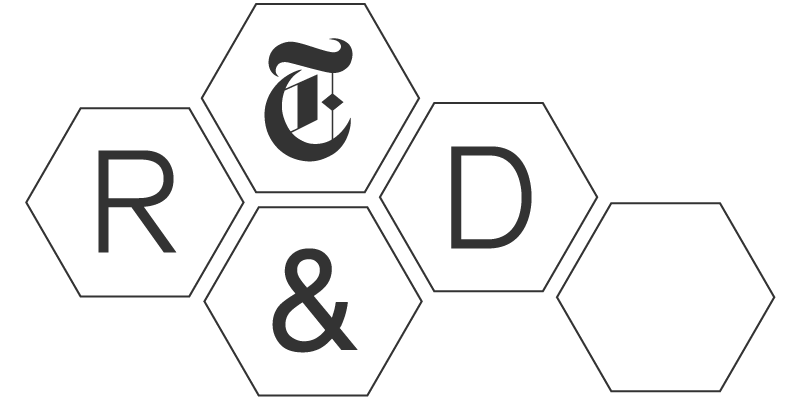The Listening Table is an augmented piece of furniture that hears and understands the conversations happening around it.
By bringing together research and design on connected objects and semantic listening, the Listening Table poses two central questions: How can an object understand the ideas that are being communicated around it? And how can such an object facilitate interactions that support and empower those who use it?
The Listening Table uses custom, state-of-the-art speech transcription software and high-resolution sensors to facilitate understanding. A dynamic microphone array focuses on the speaker, no matter where he or she is seated; custom speech-processing software generates a word-for-word record of the meeting as well as a semantic overview — what topics were talked about, in what order, and by whom. Embedded, indirect lighting indicates to passers-by that the Table is listening, revealing its function without distracting.
On the tabletop, recessed capacitive strips let any participant drop a "marker" in the record of the meeting, allowing people to quickly note the moments of the meeting that were most important to them. Each marker captures the audio and text transcription from the 30 seconds before and after the marker was touched. When a meeting concludes, participants can see a high-level summary digest showing all the topics discussed, markers dropped, and recordings available. The summary also shows when the entire meeting will be erased from local storage (the default time-to-keep is 28 days). Just underneath the tabletop is the only traditional interface element: a large, unambiguous switch that turns all the software processes off.
To bring the Table into being, we worked closely with François Chambard of UM Project, collaborating on the aesthetic and industrial designs. UM Project helped turn our various functional requirements and design goals into reality, fabricating the various physical components and surfaces, and assisting on the electronics and wiring installation.
Here at the Lab, it’s important that we implement authentic and robust technologies in a working prototype, but it’s even more important to consider and address the social aspects that accompany such technologies: it’s one thing to make a table that transcribes everything, and quite another to make a Table whose very appearance makes it obvious what it is doing. We believe you have to build something real — and live with it for a while — in order to really understand the durable impact of the technologies and strategies you’re working with.
